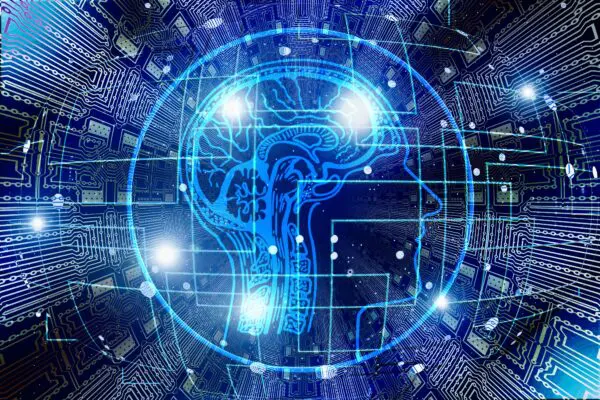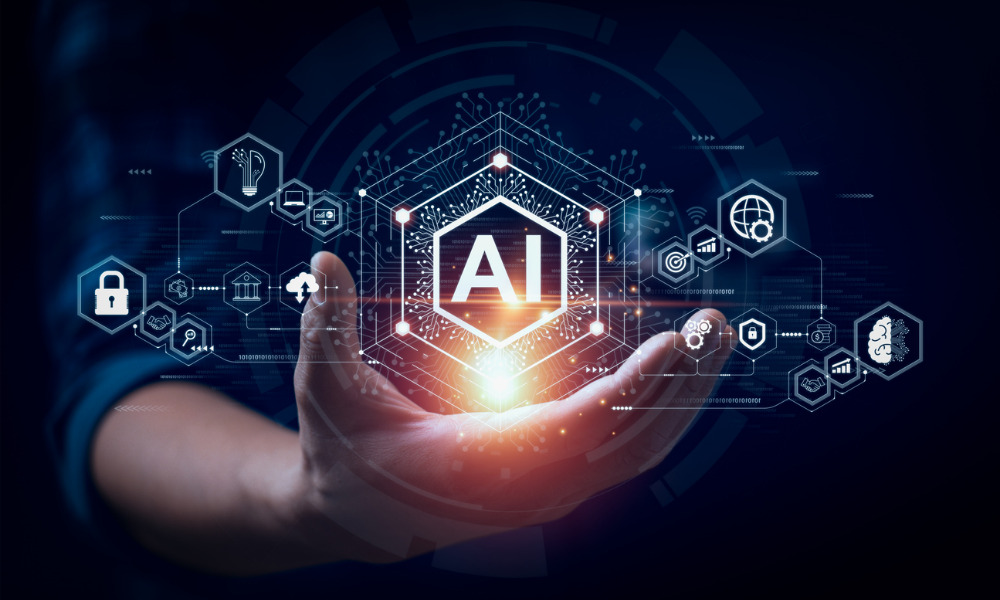Generative AI is transforming the way we create content, offering unprecedented capabilities to produce text, images, videos, and even music with minimal human intervention. Unlike traditional AI, which is designed to analyze and predict, generative AI excels at creating new, unique outputs by leveraging advanced neural networks and deep learning technologies. As industries across media, marketing, and entertainment adopt these tools, the boundaries of content creation are being redefined.
This article delves into how generative AI works, its applications, benefits, challenges, and the potential future it holds for creators and businesses alike.
How Generative AI Works
Underlying Technologies
Generative AI operates on advanced neural networks, particularly Generative Adversarial Networks (GANs), Variational Autoencoders (VAEs), and Transformer models. GANs consist of two networks—a generator and a discriminator—working together to create realistic outputs. Transformer models, like GPT and DALL-E, have been pivotal in revolutionizing text and image generation.
Training Process
Generative AI models learn from vast datasets through supervised or unsupervised training. They analyze patterns, structures, and relationships within data to generate new, coherent outputs. For example, GPT models learn language by analyzing billions of text samples, enabling them to produce human-like writing.
Examples of Generative AI Models
Prominent examples include OpenAI’s GPT for text generation, DALL-E for image creation, and Runway for video manipulation. These tools are already reshaping content creation across industries.
Applications of Generative AI in Content Creation

Text Content Creation
Generative AI is widely used to produce articles, blogs, and reports. Tools like Jasper and Writesonic assist in crafting compelling marketing copy and product descriptions, saving time and effort.
Visual Content Creation
AI-powered tools such as Canva’s Magic Design and DALL-E allow users to create stunning visuals with ease. These tools are revolutionizing graphic design by automating the creation of logos, posters, and social media assets.
Video Production
Generative AI simplifies video editing and creation. Deepfake technology and platforms like Runway generate realistic video clips and animations, enabling creators to produce high-quality content rapidly.
Music and Audio Creation
AI tools like AIVA and Amper Music compose original music tracks tailored to specific moods and genres. These platforms are invaluable for creators in gaming, film, and advertising.
Gaming and Interactive Media
In gaming, procedural content generation powered by AI creates dynamic environments, characters, and storylines. This enhances player experiences and reduces development time.
Content Personalization
Generative AI tailors content to individual preferences, ensuring marketing campaigns resonate with diverse audiences. AI-driven personalization boosts engagement and conversion rates.
Advantages of Generative AI in Content Creation
Efficiency and Speed
Generative AI automates repetitive tasks, allowing creators to focus on high-value work. This significantly reduces production timelines and accelerates time-to-market.
Cost-Effectiveness
By automating content generation, businesses can lower costs associated with hiring or outsourcing. AI provides scalable solutions for organizations of all sizes.
Enhanced Creativity
AI serves as a powerful tool for augmenting human creativity. It generates new ideas, designs, and formats that inspire creators and push creative boundaries.
Personalization and Localization
Generative AI produces localized and culturally relevant content, enabling businesses to connect with global audiences effectively.
Accessibility
AI democratizes content creation, empowering individuals and small businesses to produce high-quality outputs without extensive technical skills or resources.
Challenges and Limitations of Generative AI
Ethical Concerns
Generative AI raises ethical questions, particularly around plagiarism and copyright infringement. Deepfake technologies pose risks related to misinformation and identity theft.
Bias in AI Models
AI systems can inherit biases present in their training data. This can result in outputs that perpetuate stereotypes or exclude certain groups, necessitating fairness and transparency.
Quality and Accuracy
While generative AI excels at creating content, it sometimes lacks contextual understanding or produces outputs with factual inaccuracies.
Human Creativity vs. Machine Creativity
AI-generated content, while impressive, often lacks the emotional depth and nuance of human-created works. Maintaining a balance between automation and human touch is essential.
Regulatory and Legal Challenges
The lack of clear regulations around AI-generated content ownership and usage poses challenges for businesses and creators. As AI adoption grows, legal frameworks must evolve to address these concerns.
Case Studies: Generative AI in Action
Media and Journalism
Media outlets like the Associated Press use AI to automate news generation for earnings reports and sports summaries, freeing up journalists for in-depth reporting.
Marketing and Advertising
Brands leverage AI tools to create ad campaigns and social media content. For instance, Coca-Cola’s use of AI for personalized marketing strategies has shown significant success.
Entertainment and Film
Filmmakers use AI to generate scripts, visual effects, and soundtracks. AI tools also enable interactive storytelling, enhancing viewer engagement.
E-commerce
Online retailers use generative AI for product descriptions, personalized recommendations, and dynamic pricing models, improving the shopping experience.
The Future of Generative AI in Content Creation
Emerging Trends
AI is increasingly being integrated with AR, VR, and Metaverse technologies, paving the way for immersive content experiences. Real-time content generation is another promising trend.
Potential Innovations
Emotion recognition in AI could enable more emotionally resonant content. Fully automated virtual agents may collaborate with humans to produce complex projects.
The Role of Human Creators
Generative AI is expected to augment human creativity rather than replace it. New roles and skills will emerge for creators, focusing on guiding and refining AI-generated content.
Balancing Automation with Authenticity
To maintain authenticity, businesses must use AI responsibly, ensuring content remains relatable and aligned with human values.
Conclusion
Generative AI is revolutionizing content creation, enabling faster, more cost-effective, and highly personalized outputs. While challenges such as ethical concerns and biases remain, the potential of generative AI to enhance creativity and innovation is undeniable. By embracing this technology responsibly, businesses and creators can unlock new possibilities and redefine the future of content creation.

